
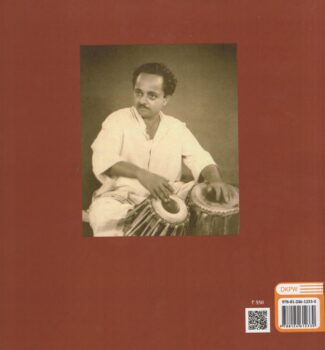
Professor Sudhir Kum...
Professor Sudhir Kumar Saxena Centenary Celebrations
by: Manjula Saxena₹550.00 Original price was: ₹550.00.₹495.00Current price is: ₹495.00.
ISBN: 9788124612330
Year Of Publication: 2023
Edition: 1st
Pages : vi, 60
Language : English
Binding : Hardcover
Publisher: D.K. Printworld Pvt. Ltd.
Size: 23
Weight: 275
Introduction
1. Uniqueness of the Tradition of Teaching Indian Classical Music Arising out of the Concept of “Kanthasth” Knowledge
2. The Principles and Aesthetic Aspects of Improvising and Creating Compositions in the Field of the Art of Tabla
3. A Journey from Ancient Tripuskar Vaadya to Modern Indian Percussion Instrument Tabla
4. Traditional Tabla Playing with Diverse Compositions
5. Philosophical Aesthetics and Indian Music
“Professor Sudhir Kumar Saxena Centenary Celebrations” Cancel reply
- Sale!Folk Songs from Uttar Pradesh by: Laxmi Ganesh Tewari
₹550.00Original price was: ₹550.00.₹495.00Current price is: ₹495.00.Blowing of a conch-shell and/or ringing of a hand bell and/or singing a song to welcome the evening twilight in front of a tulsi plant is a nostalgic scene from Indias past. For the majority of the young Indian population, this daily routine is only depicted on picture postcards or in Bollywood movies. Folk songs in this book were recorded in the 1970s. Since Independence, India has been undergoing fast technological advances; a wave of new internationalism is absentmindedly sweeping away rural traditions. Singing and playing of traditional folk songs and ensembles for appropriate ceremonies are becoming less and less popular; instead, movie songs and modern brass bands are appreciated. Each folk song in this collection is like an artefact in an archaeological museum. These songs tell the story and customs of celebrating life-cycle ceremonies, welcoming seasons, and retelling our mythology. The songs are given in vernacular Hindi language, transliterated, and translated, to facilitate understanding by readers with different backgrounds. The original field recordings have been deposited at the Archives and Research Center for Ethnomusicology of the American Institute of Indian Studies at Gurgaon, Haryana, India, where they are available for listening and recording details.
- Sale!Bharatiya Chau-Nritya by: Badari Prasad
₹3,800.00Original price was: ₹3,800.00.₹3,420.00Current price is: ₹3,420.00.Chhau dance has an unbroken relation with the essence of Indian culture. This dance form that flourishes in the forest-areas of Jharkhand, Odisha and West Bengal has already attained widespread acclaim, internationally, as an art. By its distinct confluence of the classical and folk traditions, this art form has carved a niche for itself of being counted as the dance of the traditional and classical discipline. It is based on the foundation of martial art techniques. The most striking features are the multi-coloured, splendid, artistic and attractive masks and magnificent headgears that form part of the decoration and costume design. It consists of dance movements called as nritta-karanas as described in Bharata’s Natyashastra and hand gesticulations as found in Nandikeshvara’s Narityashastra, and is also endowed with varied regional movements of folk forms. This dance form depicts movements of day-to-day activities, gaits of animals and birds, and symbolic gestures accompanied by the war-drums and music giving an experience of the sweet fragrance of the regional music forms. The plot is generally drawn from the Ramayana, Mahbaharata, and various other Puranas and poetry. It is thus a combination of a rich tradition of artistic creativity that has naturally attracted the mind of all age-groups at the national and international arena.
The author has collected authentic information by visiting those places where this dance form is traditionally taught and practised. The author has met the teachers of chhau dance, the designers of masks and costumes, and spent time to gather information to be made available in a single place. In the present text, chhau dance has been presented for the first time elaborately with indepth and authentic details. Along with the presentation of the historical and cultural aspects of chhau dance, its performing aspect, content of plot, costumes, physical gesticulation, instruments and instrumentalists, regional styles, the three distinct styles of chhau its history, folk tradition and other details are elaborated in nine sections. The 200 photographs in this edition reiterate the richness of this art with greater authenticity and thus prove to enliven this traditional art form.
Vol. 1 ISBN: 8124606463, 9788124606469
Vol. 2 ISBN: 8124606471, 9788124606476 - Sale!The Principal Ragas of Indian Music (?????? ????? ??? ????? ???) by: Shobha Singh
₹850.00Original price was: ₹850.00.₹765.00Current price is: ₹765.00.Music has been the subject of study in India since Vedic period. Various ragas are the life of Indian music. ‘Thaat’ is the method of dividing ragas in Hindustani classical music. The main raga of each ‘Thaat’ is called the ‘Ashraya’ raga and other ragas are ‘Ashrita’ ragas. Extracting from the texts written by Pt. Vishnu Narayana Bhatkhande, Pt. Narayana Moreshwar Khare and other well-known musicians, this book is an attempt to make the readers aware of the ‘Ashraya’ ragas. Through this book, Shobha Singh has very clearly presented the concept of Ashraya’ raga and its significance. The language of this book is simple and easy to comprehend. भारत में संगीत वैदिक काल से ही अध्ययन का विषय रहा है। विभिन्न राग भारतीय संगीत की जान हैं। थाट (अथवा ठाट) हिंदुस्तानी शास्त्रीय संगीत में रागों के विभाजन की पद्धति है। प्रत्येक थाट के प्रमुख राग को आश्रय राग एवं अन्य रागों को आश्रित राग कहा जाता है। पं. विष्णु नारायण भातखण्डे, पं. नारायण मोरेश्वर खरे एवं अन्य जाने-माने संगीतज्ञों द्वारा लिखित ग्रंथों को निचोड़ते हुए, यह पुस्तक पाठकों को आश्रय रागों के बारे में अवगत कराने का प्रयास है। इस पुस्तक के माध्यम से शोभा सिंह ने आश्रय राग की अवधारणा और उसे महत्व को बहुत ही स्पष्ट रूप से प्रस्तुत किया है। इस पुस्तक की भाषा सरल एवं पठनीय है।
- Sale!Aesthetics by: Manjula Saxena
₹600.00Original price was: ₹600.00.₹540.00Current price is: ₹540.00.After its attainment of Independence, India has witnessed the quickening of a new life in the field of art as well. Cultural exchanges between its various regions have shown a marked upswing, and reflection on cultural matters has also increased beyond expectations. Concurrently, in quite a few of our colleges and universities aesthetics has been included in the syllabi as an optional subject of study. Some books on this subject, mostly written in the traditional way, are surely available; but philosophical aesthetics, which is today regarded as a distinct intellectual achievement of the twentieth century, still remains largely neglected in the field of Indian scholarship. What is worse, a Hindi book on this form of aesthetics has never been attempted before the present work.
It is precisely this need which this book seeks to meet fairly. With an eye to facilitate understanding of the basic concepts and related problems of contemporary aesthetics, the author has taken pains to give appropriate references, as illustration, to Hindi, Urdu, and English poetry, and music. This should make the book useful to students of both philosophy and music.
Its language is simple Hindustani; and the manner of writing is free from needless ambiguities. Readers in general should therefore find it not only easy to follow, but interesting as well. - Sale!Cinema Through Rasa by: Prachand Praveer
₹1,500.00Original price was: ₹1,500.00.₹1,350.00Current price is: ₹1,350.00.Cinema Through Rasa discusses the important works of the world cinema in the light of Rasa Siddhānta of the Indian classical aesthetics. Rasa Siddhānta was first mentioned in Bharata Muni’s Nāṭyaśāstra – the ancient treatise on dramaturgy. This book catalogues the major cinematic works in the light of Abhinavabhāratī – a tenth-century commentary on the Nāṭyaśāstra by the great Kashmiri Śaivite philosopher Abhinavagupta. Further, it outlines the links between puruṣārtha, the cultural value system of life pursuits in Indian tradition, and aesthetics while citing examples from the works of major directors such as Orson Welles, Luis Buñuel, Ingmar Bergman, Akira Kurosawa, Andrei Tarkovsky, Alfred Hitchcock, Carl Dreyer, Charlie Chaplin, Sergei Eisenstein, Robert Bresson and Satyajit Ray.
Using contemporary scholars’ interpretation of non-dualistic Kashmir Śaivism tradition, Cinema Through Rasa aims to serve as a tribute to Abhinavagupta’s genius, a commentary on important ideas such as rasa, nature of emotions, cinema and beauty along with a tryst with the masterpieces of the world cinema. The meaning of this book is summarized by this verse – na hi rasād r̥te kaścid arthaḥ pravartate – the medium of cinema, though modern, should be seen as resting in the power of rasa without which nothing makes any sense.
This book is a translation of the original Hindi book Abhinava Cinema, which was first published in 2016. Abhinava Cinema was lauded as innovative, path-breaking and a must-read for students of literature and cinema studies by scholars and critics.


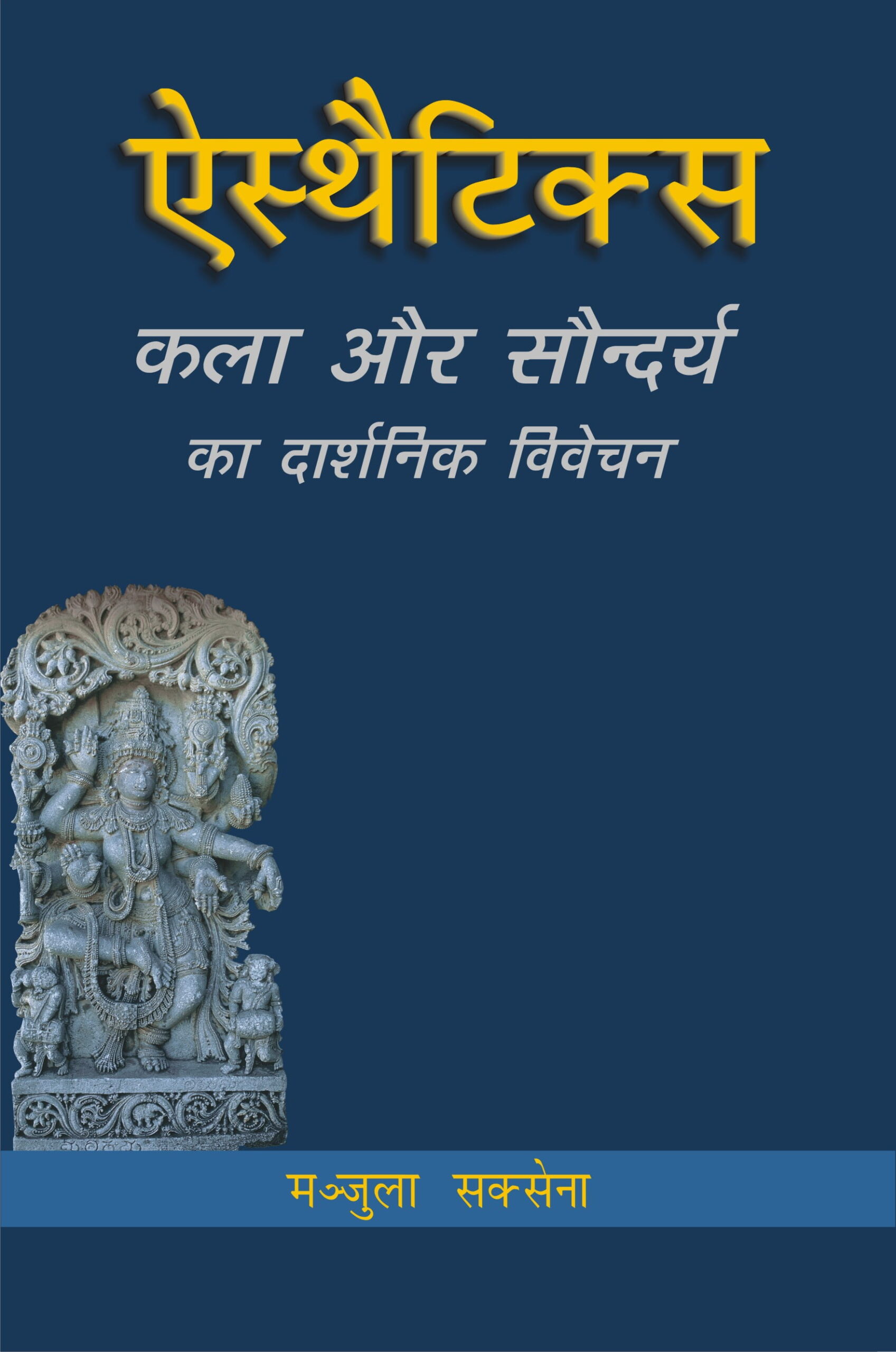


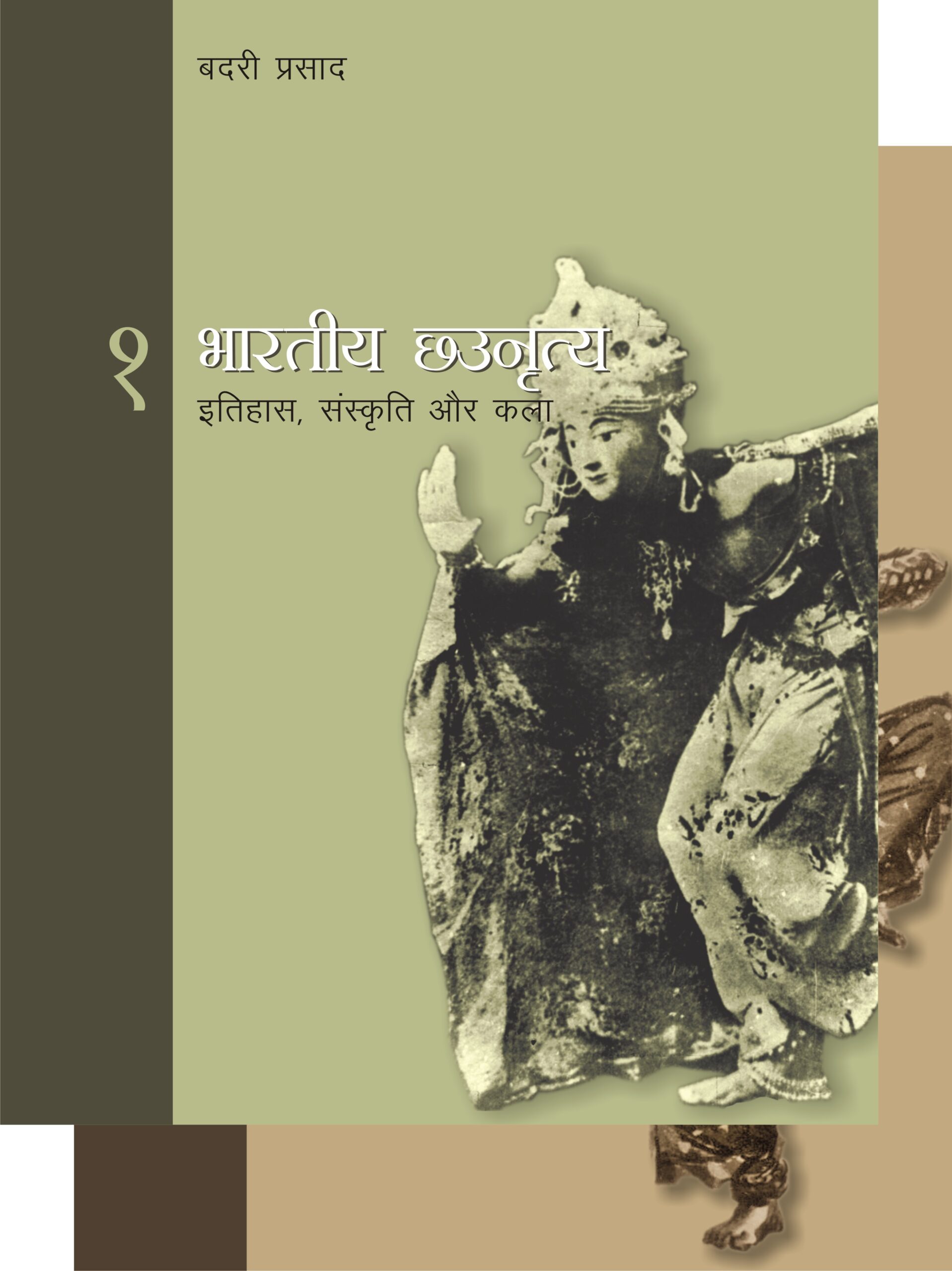
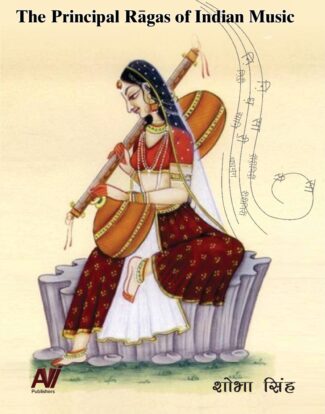
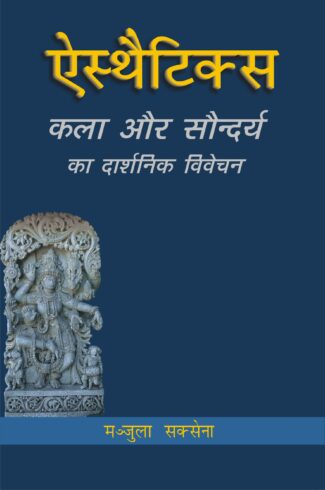
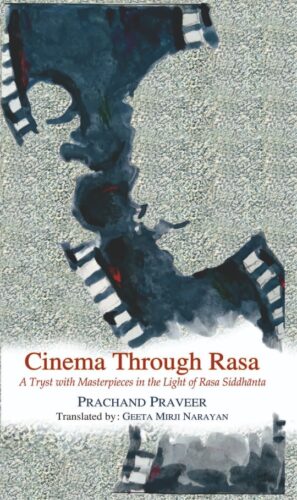
There are no reviews yet.